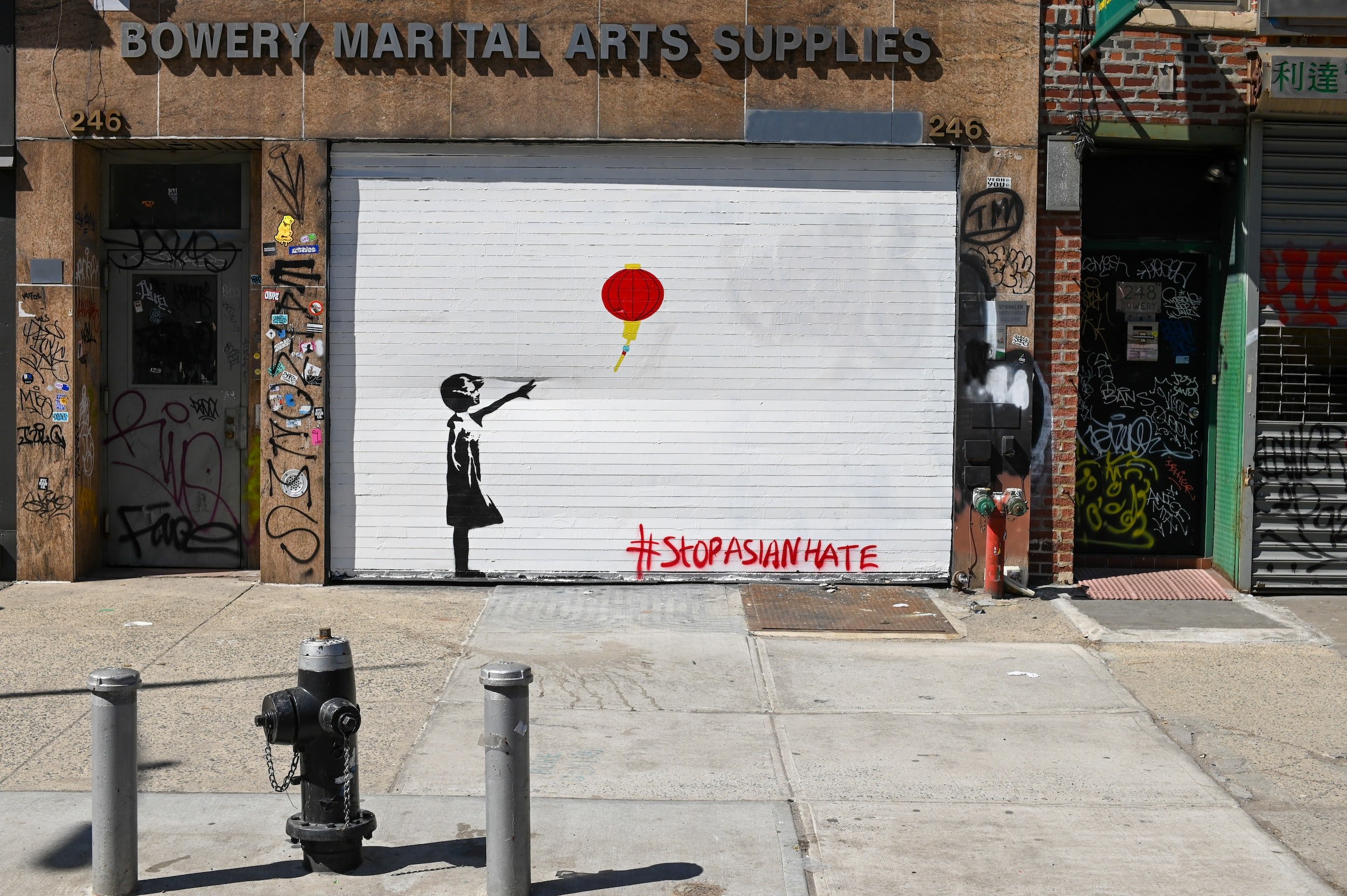Street Art: From Vandalism to Fine Art
Street art has come a long way since its early days as a form of vandalism, evolving into a respected and sought-after form of contemporary art. The transformation of street art from an act of rebellion to a legitimate artistic expression has been driven by several factors, including the growing appreciation for its unique aesthetic and the recognition of its cultural value.
The origins of street art can be traced back to the graffiti movement that emerged in the 1970s and 1980s in cities like New York and Philadelphia. Initially viewed as a nuisance, graffiti artists gradually gained recognition for their talent and creativity. Over time, street art expanded beyond traditional graffiti, incorporating various techniques and media, such as stencils, murals, and installations.
As street art gained popularity, it began to attract the attention of art collectors, gallerists, and curators. Artists like Banksy, Shepard Fairey, and JR have achieved international recognition for their work, which now commands significant prices in the art market. Street art festivals and exhibitions, such as Miami's Art Basel, have further contributed to the legitimization of the genre.
The transition of street art from vandalism to fine art has not been without controversy. Some argue that by moving into galleries and the mainstream art world, street art loses its authenticity and connection to its roots. However, the undeniable talent and creativity of street artists have undeniably earned them a place in the world of fine art.
Street art has evolved from an act of defiance to a respected art form, appreciated by collectors and enthusiasts alike. As the genre continues to develop and expand, it will undoubtedly continue to challenge and inspire both artists and audiences.

